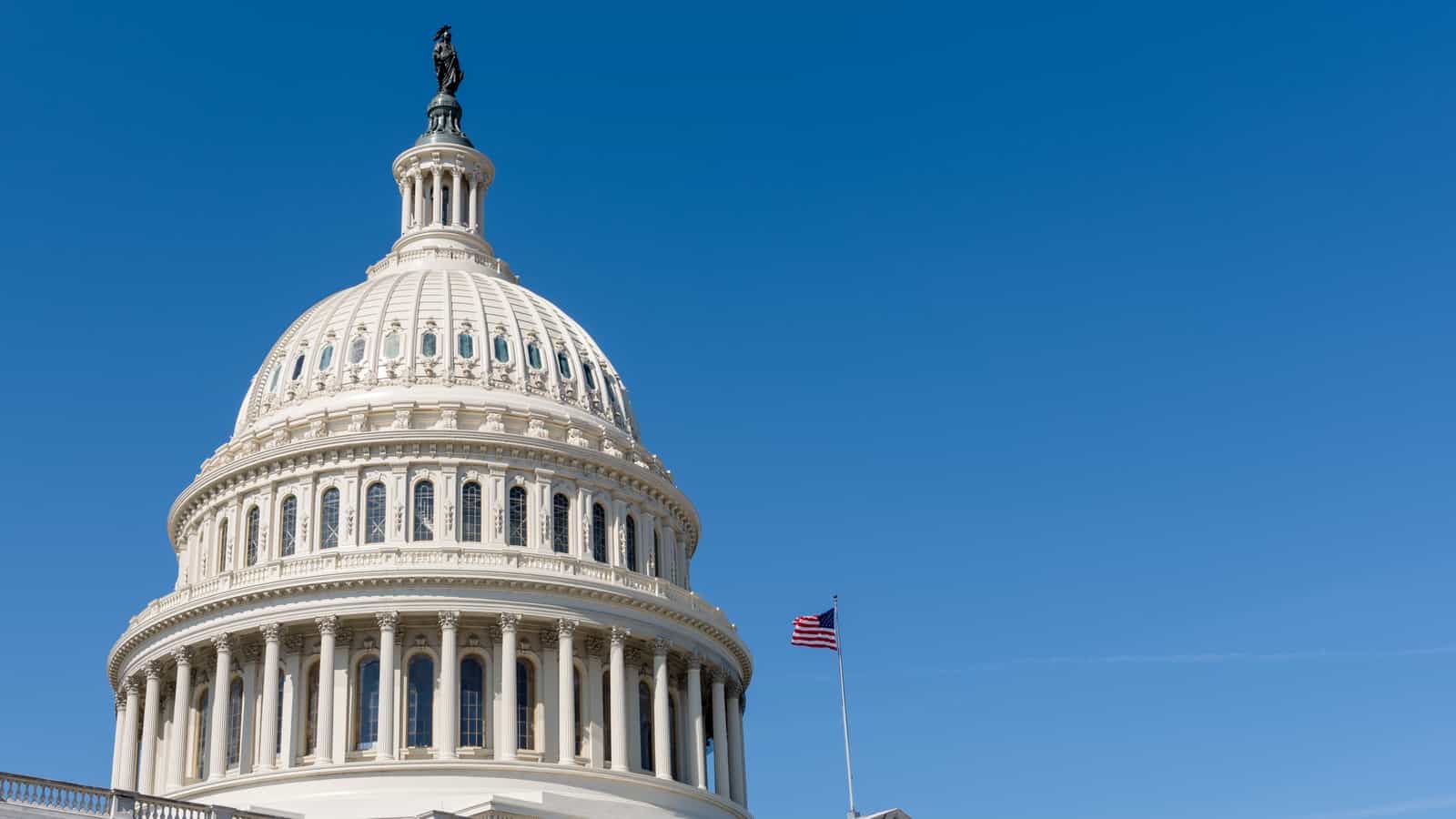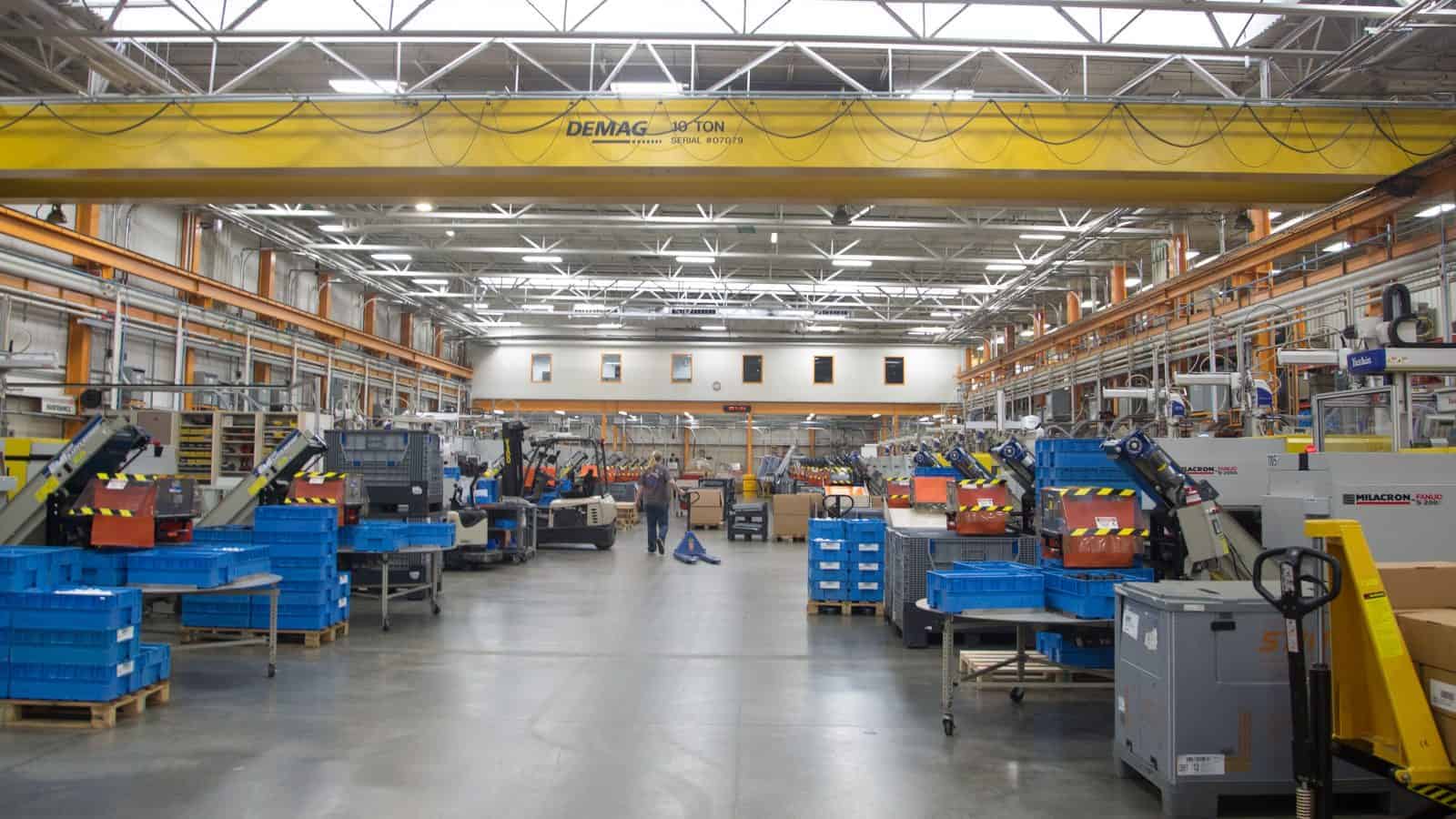Remember the Regulators

While everyone is talking about the election results, let’s not forget about the slow and steady slog for better government—by which we mean, a stable and predictable regulatory system that encourages manufacturing growth instead of hampering it.
Recently, NAM President and CEO Jay Timmons made the case for government-wide regulatory reform in a letter to the House Committee on Oversight and Reform. Here’s what he had to say.
The numbers: If you had any doubts that manufacturers pay a lot for regulatory compliance, lay them to rest:
- “On average, manufacturers pay $19,564 per employee to comply with federal regulations, or nearly double the $9,991 per employee costs borne by all firms as a whole.”
- “This burden falls heavily on small businesses; of the 248,039 firms in the manufacturing sector in 2017, all but 3,914 had fewer than 500 employees, with three-quarters of these firms having fewer than 20 employees.”
- “For the smallest firms (i.e., those with fewer than 50 employees), regulatory costs equal $34,671 per employee.”
A recap: Timmons also reminded the House that many of the NAM’s regulatory recommendations have already become policy—and that it’s working just as hard to support manufacturers during the COVID-19 pandemic.
- In 2017, the NAM submitted a list of 132 suggested reforms to the Trump administration—and since then, 89% of those suggestions have been addressed or adopted.
- In April of this year, the NAM released the “American Renewal Action Plan,” which included regulatory proposals designed to strengthen America’s response to COVID-19 and ensure manufacturers are poised to lead the recovery and renewal of the American economy. Dozens of these proposals have also been adopted—and the NAM is working on more.
What’s next: Timmons’ letter came with a list of proposals for further reforms, which will support manufacturers while benefitting consumers and protecting our environment. These include:
- Modernizing the Administrative Procedure Act, which governs federal rulemaking;
- Providing clarity on the difference between legally binding rules and nonbinding guidance;
- Ensuring that regulatory enforcement and adjudication is fair, efficient and transparent;
- Tackling the growing trade of dangerous counterfeits and other illicit goods; and
- Addressing international regulatory burdens.
The last word: “These proposals serve as a roadmap to smart regulation,” said NAM Director of Regulatory Policy Graham Owens. “These bipartisan measures would create a more effective and efficient regulatory system better equipped to protect worker safety, public health and our environment—while providing manufacturers with the regulatory certainty and uniformity necessary to unleash our country’s economic potential.”
You can read the full letter—and the entire list of recommendations—here.
